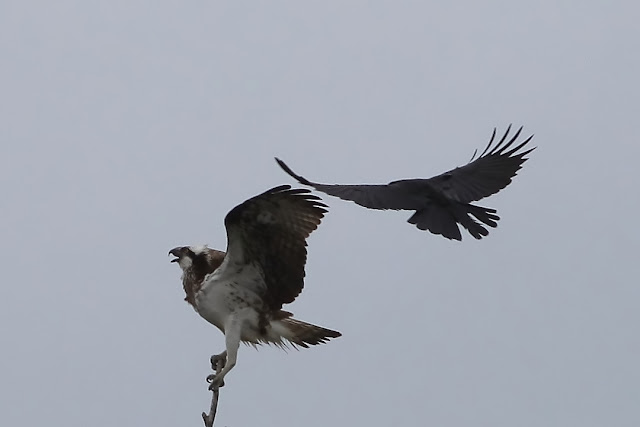From a very early age, exploring the destitute canal-side buildings of Birmingham, the undeveloped bomb sites, and the scars of the city's largely dead industrial heritage, I very quickly realised that in nature there is no such thing as wasteland, there are only windows of opportunity. Bombs and bulldozers are not the only means of breaking concrete and lifting tarmac, the astonishing power of plant roots will do an equal job albeit in a different timescale, though quite how the tiny tortured roots of these stunted starving botanical frontiersmen actually do this job, however well the physics is explained, is still a thing of mystery and magic to me. I only know I am grateful that they do because these industrial wastelands were, apart from municipal parks, my woods and fields, as natural a playground as I could imagine and one where I learned the utmost respect for all those species that clung to life with an extraordinary tenacity in what appeared to be almost impossible conditions, and each paving away (perversely) for further species to move in and take over. In the more exciting places, sometimes it was hard to see the skeleton of a ruined building under the flesh of plants that had found a foothold there, or find the concrete floor under the soil that had formed over the top of it; all these things gave me hope when I looked at the urban "regeneration" that was going on around me. One day, there will be a lot more wasteland, and one day you will have to look very hard to find our footprints, and one day when we are gone, such plants and animals that survive us will make the most of their transient window of opportunity and once more flourish.
Enough. The present is what we are interested in here. As the Tip's spring flush of growth begins, spring migrants also start passing through or stopping off to feed and some even staying to breed, sometimes Wheatears, Stonechats, even Whinchats or more exotic still a Black Redstart or Ring Ouzel. More regular are Lesser Whitethroat, Whitethroat, Blackcap, Willow Warbler, Garden Warbler, Nightingale and Cuckoo which make use of the mix of wooded areas, brambles, scrub and "wasteland" to rest and feed and sing and nest.
When it comes to singing, although many people disagree, the generally accepted king of the choristers is the Nightingale, and if you are lucky you might get more than one of them setting up in competition as here (to avoid disappointment I did not point the camera in the direction of where the birds were singing as they were deep under cover)
Up until a decade ago, not long after the Chiffchaffs arrived in spring, the air was full of the song of the Willow Warbler even from my house, indeed they used to breed in the park. Now however they have largely abandoned these southern climes for more northerly ones apparently due to global warming. Although its not exactly a scintillating song, I miss it so it was nice to hear it quite late at the tip, maybe at least 1 pair will stay to nest. Note the snow-like willow fluff falling, sometimes its so thick it coats the ground in drifts.
This last one is the most familiar to everyone, even if they have never heard one for real. So much so it needs no introduction other than to say just prior to this there were 3three chasing eachother of which only two were calling.






























































